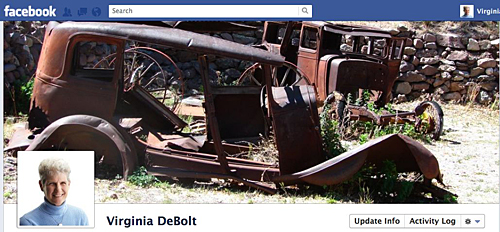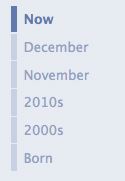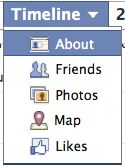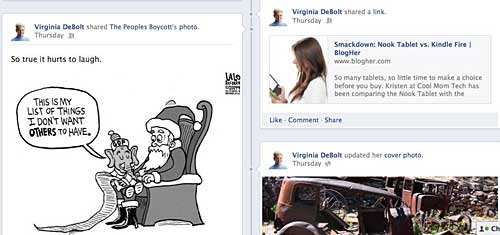Introducing HTML5 (2nd Edition) by Bruce Lawson and Remy Sharp is from New Riders (2012). The book includes everything from descriptions of new structural elements (like
article, nav, and aside) to canvas, data storage, enabling offline, and drag and drop. It even includes some things that are not actually part of HTML5, like geolocation. There are many example codes, lots of JavaScripts and help with using new APIs to make your pages do all sorts of HTML5 tricks and magic.
In my opinion, the core audience for this book is the back-end developer who wants to write the scripts and do the programming to make HTML5 perform services that were not available before. The front-end developers will find the first few chapters helpful, but may be less interested in all the programming details in later chapters. (Front-end folks might consider HTML5 for Web Designers instead.)
The authors get a resounding +1 for including accessibility information about everything they discuss.
Here’s a look at the full table of contents.
- Main Structure: basics about doctypes, structural elements and CSS
- Text: new structural elements and how to use them properly, the document outline, WAI-ARIA and more
- Forms: new input types, new attributes, validation
- Video and Audio
- Canvas
- Data Storage: web storage, Web SQL, and more
- Offline: the cache manifest, applicationCache and more
- Drag and Drop: how to, interoperability
- Geolocation: API methods
- Messaging and Workers: chat, messaging, threading
- Real Time: web sockets, server-sent events
- Polyfilling: Patching Old Browsers to Support HTML5 Today: feature detection, various scripts, Modernizr examples
The book is written with a sense of humor and warmth that keep even the most tedious information from becoming boring. This is done in large part with humorous examples and illustrations. But beyond writing style, these guys really know what they are doing, and they want you to be able to do it, too. If you are looking for help with anything listed above in the book’s contents, you’ll find it here. The code examples from the book are all available for download, making the many snippets of HTML, CSS and JavaScript shown even more easy to use.
Definitely recommended.
Summary: Excellent guide for the developer who wants to put HTML5 to use right now.
A review by Virginia DeBolt of Introducting HTML 5 (rating: 5 stars)




